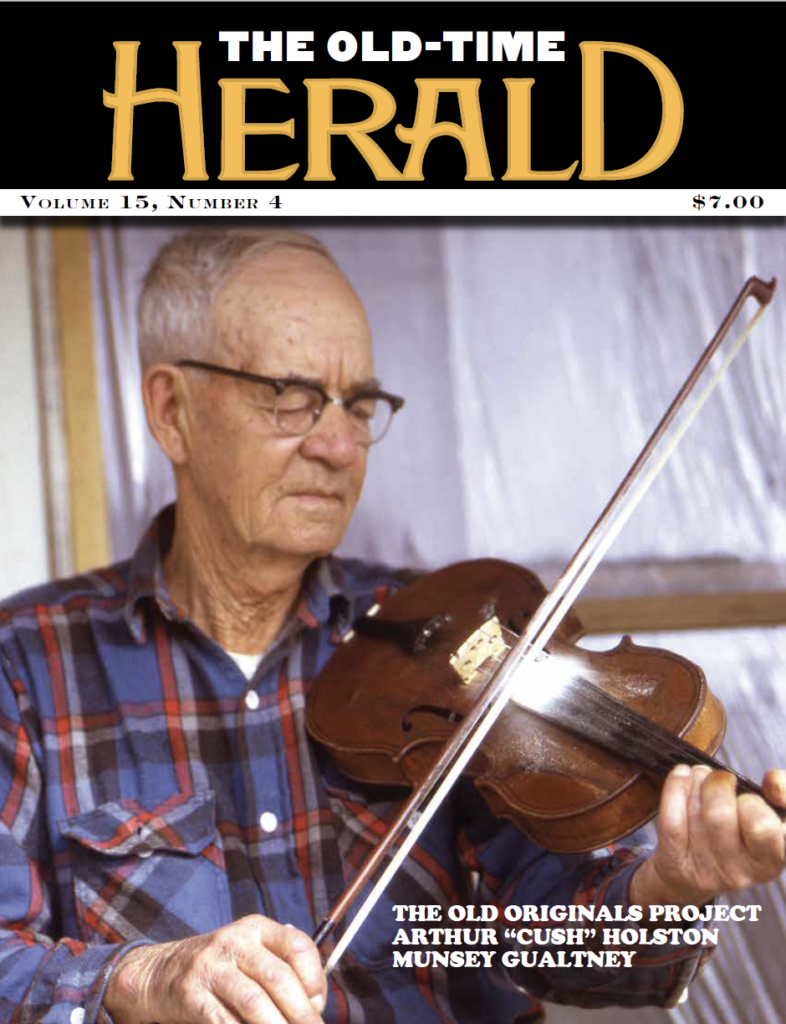Lone Piñon’s fourth album explores the rich variety of regional music found in Northern New Mexico, music with far-reaching global roots. Aside from some guest vocalists, Lone Piñon is essentially a duo on this album, but a duo of multi-instrumentalists. Jordan Wax plays violin, mandolin, piano accordion, two-row accordion, guitar, piano, harmonica, pump organ, viola, and percussion. Noah Martínez plays bajo quinto, upright bass, guitarrón, quinta huapanguera, guitar, and percussion. Both men sing. If you think having all that instrumental firepower at hand inevitably leads to overdubbing, you’re right! But it’s done so well you’ll hear a small band when a tune or song calls for one, and not notice any multi-tracking. Wax’s seamless twin-fiddle parts are particularly impressive.
The liner notes may reference the violin, but Wax is originally from Missouri and studied Ozark fiddling before immersing himself in Mexican and New Mexican music. Unsurprisingly there are hints of this in the music here, though they may be both intrinsic to a tune as well as an element of interpretation. In the notes on “Río de la Vaca (Polka),” Wax writes: “The second section seems to be a New Mexicanized version of the refrain of the classic American fiddle tune ‘Turkey in the Straw.’” Elsewhere swing and ragtime enter the mix, as on the delightful “Capullito de Aleli,” with fetching vocals by Lia Martínez. But the song’s roots are Caribbean, and part of what makes this album so fun to hear is a variety that’s natural to the many sources of the songs and tunes.
The rousing opener, “El Pájaro Carpintero,” has German roots, while the demure “El Taleán” may have arrived in New Mexico with Italian immigrants. A trio of cutillos (cotillion in English) may sound like square dance fiddle tunes, the notes suggest, but the dance that’s done to them likely comes from the French quadrille. The widely popular Varsoviana, originally Polish, becomes Varceliana in New Mexico but still retains its dainty air. And whatever the ultimate source of the tunes and songs here, the versions played by Lone Piñon reflect the interpretations of Northern New Mexican tradition bearers like legendary fiddler Gregorio Ruiz, a strict taskmaster prone to whack errant accompanists with his bow.
Along with tunes that have made long journeys and undergone myriad interpretations, there are uniquely New Mexican traditions on offer, such as the piquant “La Indita de Cochiti,” inditas being dances possibly inspired by Native American round dances. The liner notes do a great job of both crediting the musicians who were the source of each performance and digging into the tunes’ deeper backgrounds.
This is a very fiddle-centric album, but there are a couple of nice guitar pieces as well, both of them waltzes composed by Henry Ortiz of Santa Fe. In all there are 21 well-paced tracks and over an hour’s worth of varied music here. New Mexico, “Land of Enchantment,” never sounded better!


Leave a Reply